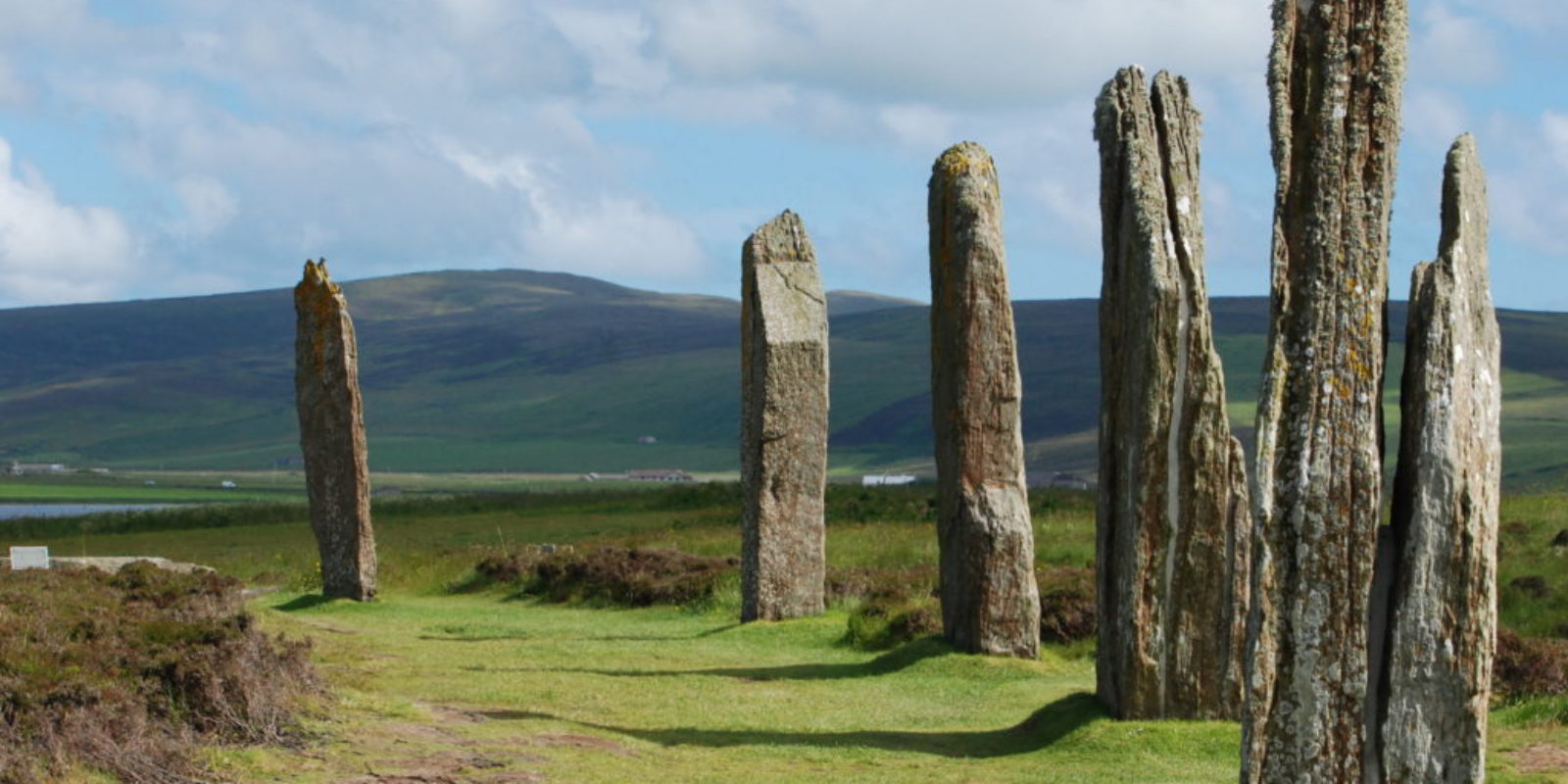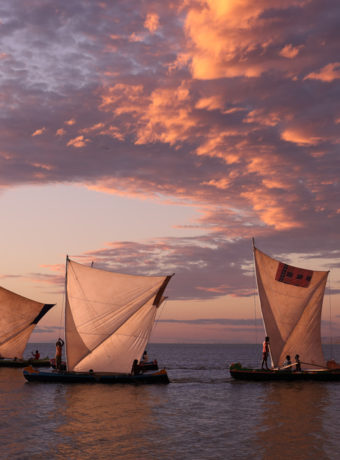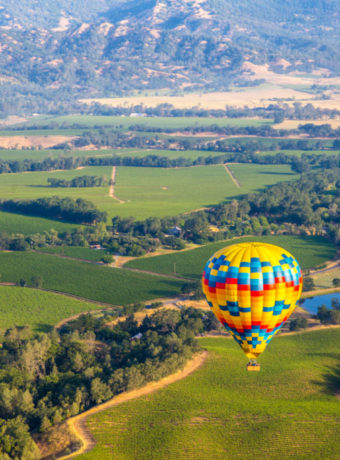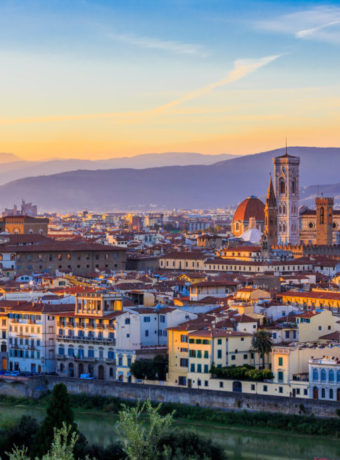One of things I really like doing when I travel is learning about the history of the destination. I have a Masters degree in Classical Archaeology and Ancient History, and obviously find it all fascinating. Plus, when you look at the history of the world on a broad scale, it really does link together. You’d never know it by looking at today’s news, but we have a lot more in common than we think. Of course, I’m not here to give a history lesson but more to share the history of Scotland’s Orkney Islands. Orcadian history spans from the Romans to the Picts, the Vikings, and finally the Scots. For such a small island chain in the middle of nowhere, it’s bursting with interesting history.
Orcadian history
We know for a fact that the Romans knew about the Orkney Islands; they wrote about them and very likely circumnavigated them. However, Orcadian history dates back at least 8,000 years – and maybe further. Mesolithic and Neolithic peoples were the first inhabitants. They built stone houses, many of which exist today.

The first known permanent settlement site is Knap of Howar, on Papa Westray, which dates to 3500 BCE. Skara Brae, a much more well known site on the mainland, dates to 3100 BCE. There is evidence, in the form of flints, smooth stone tools, and charred hazelnuts, of hunter-gatherers as early as 7,000 BCE, although no hard evidence for permanent habitation.
By the Neolithic era, things were different and hunter-gatherers around the world were settling into societies. Orkney alone has nearly 3,000 Neolithic sites across its 70 islands. Recent studies indicate that Orkney was the birthplace of the Neolithic movement, which spread south into the British Isles, rather than the other way around. Most megalithic sites on Orkney predate Stonehenge.
Prehistoric attractions

The major monuments in Orkney are clustered in an area that my mom calls the Neolithic Mile. UNESCO calls it the Heart of Neolithic Orkney, and it is a world heritage site. These are (not necessarily in a mile) Skara Brae, Maeshowe, Ring of Brodgar, Ness of Brodgar, Stones of Stenness, and the Barnhouse Settlement.
Bronze Age, Iron Age, and Roman Orkney

The Bronze Age left remarkably few remains on Orkney. Whether this was because of deteriorating weather conditions, we don’t know. Also, the Iron Age inhabitants of Orkney are relatively unknown, although many of their brochs remain. Roundhouses also remain, namely at Quanterness. Midhowe, Gurness, and Burroughston are three of the most intact brochs on the islands. It is in the Iron Age that the Celtic way of life began.

The Romans definitely came to Orkney, although how dramatic their influence was is up for debate. They seem to have been more about trade rather than conquest. When the Roman influences in Scotland faded (some 200 years after it began), Orkney’s Celtic influences returned.
Orkney was also part of the Pictish kingdom, although little remains. The Brough of Birsay, on the mainland north of Skara Brae, has some Pictish carvings. The brough remained a settlement into Norse times. The Irish and Christianity arrived in the 6th century, along with Ogham relics. Several ogham-inscribed stones were found at Birsay. By the 8th century, the Vikings had begun their western seaboard invasions. As to what happened to the Picts – were they assimilated into the Viking culture or annihilated? – we may never know.
Norse Orkney

The Vikings made Orkney their headquarters during their piracy of the high seas, mainly against western Norway and mainland Scotland. In return, King Harold of Norway annexed both the Orkney Islands and the Shetland Islands. King Harold created the earldoms and the jarls, but while they effectively ruled the islands, the line petered out by the 13th century.
Orkney remained under Norse control until the 15th century, though, when the King of Norway and Denmark offered them as payment against the dowry for his daughter, Margaret in her marriage to James III. When he failed to pay the dowry, Scotland annexed the islands. However, from the 11th century onwards, Orkney and Shetland both pledged allegiance to Norway AND Scotland in their role as the Earls of Caithness.
Scottish Orkney

Orcadian history shifted when the Scots annexed the islands at the end of the 15th century. Up until now, Orkney was ruled by the ruling class – the kings, the earls – but by the 16th century, the people were more in control. They began to take charge of their own destiny, as it were. In the 1700s, Orcadians sided with the Jacobites in the rebellion and were the last of the Highlands to fall to the British in 1745. In the most recent Scottish independence vote, Orcadians considered their own charter.
And now we come to modern Orkney. Modern Orkney is, in my opinion, one of the best places to go to see what it used to be like… because it is still like that. It’s modern, yet not too modern.
**




